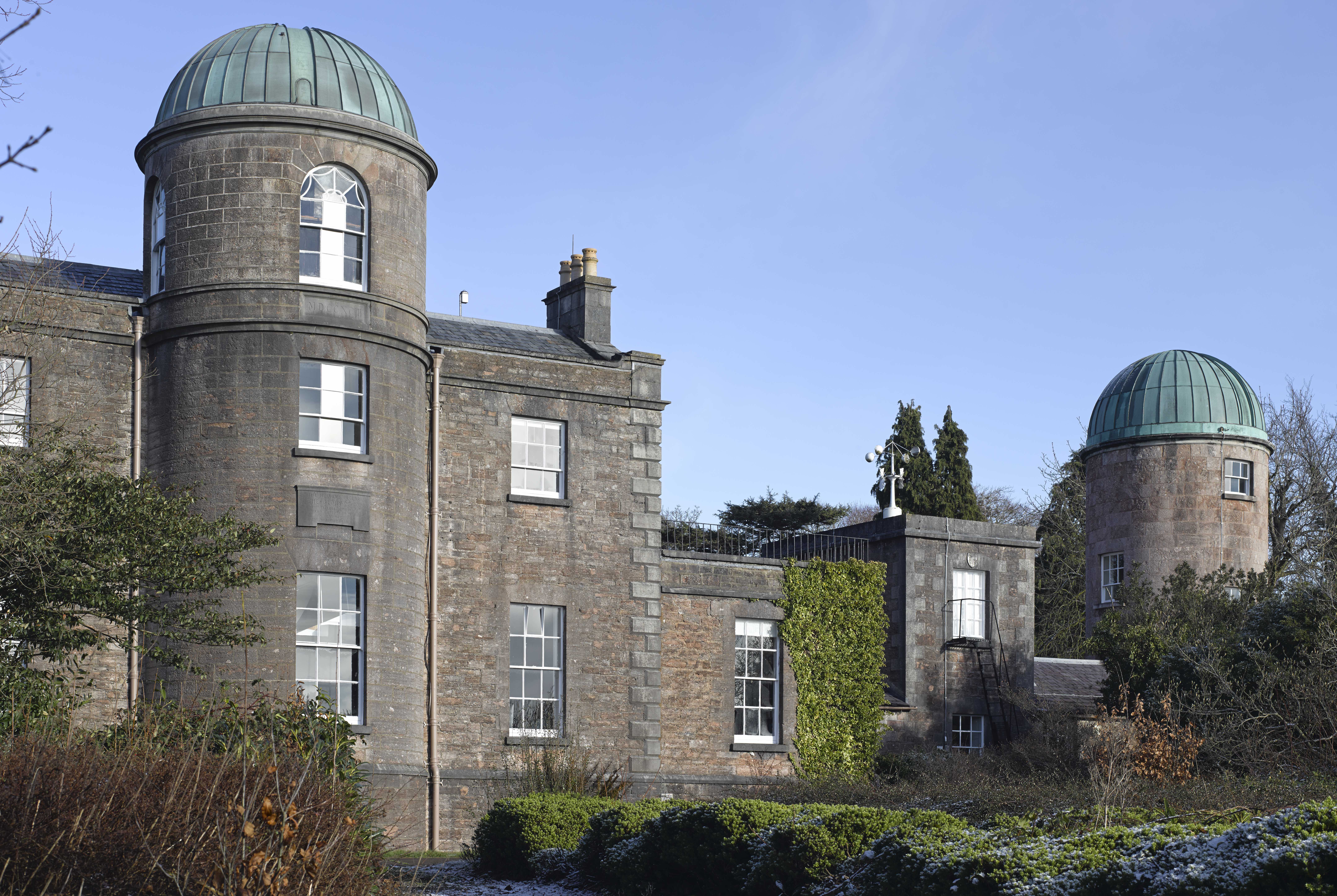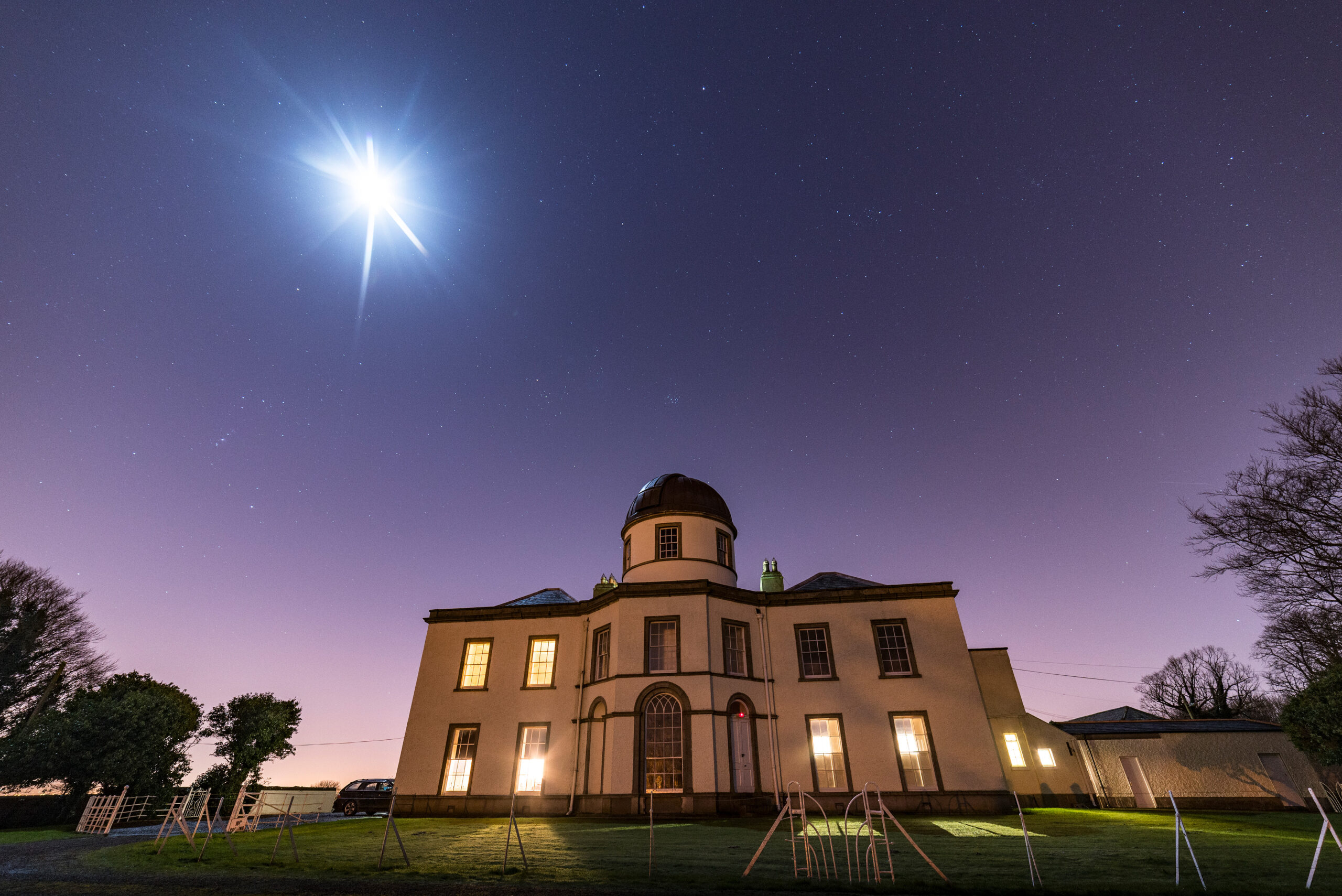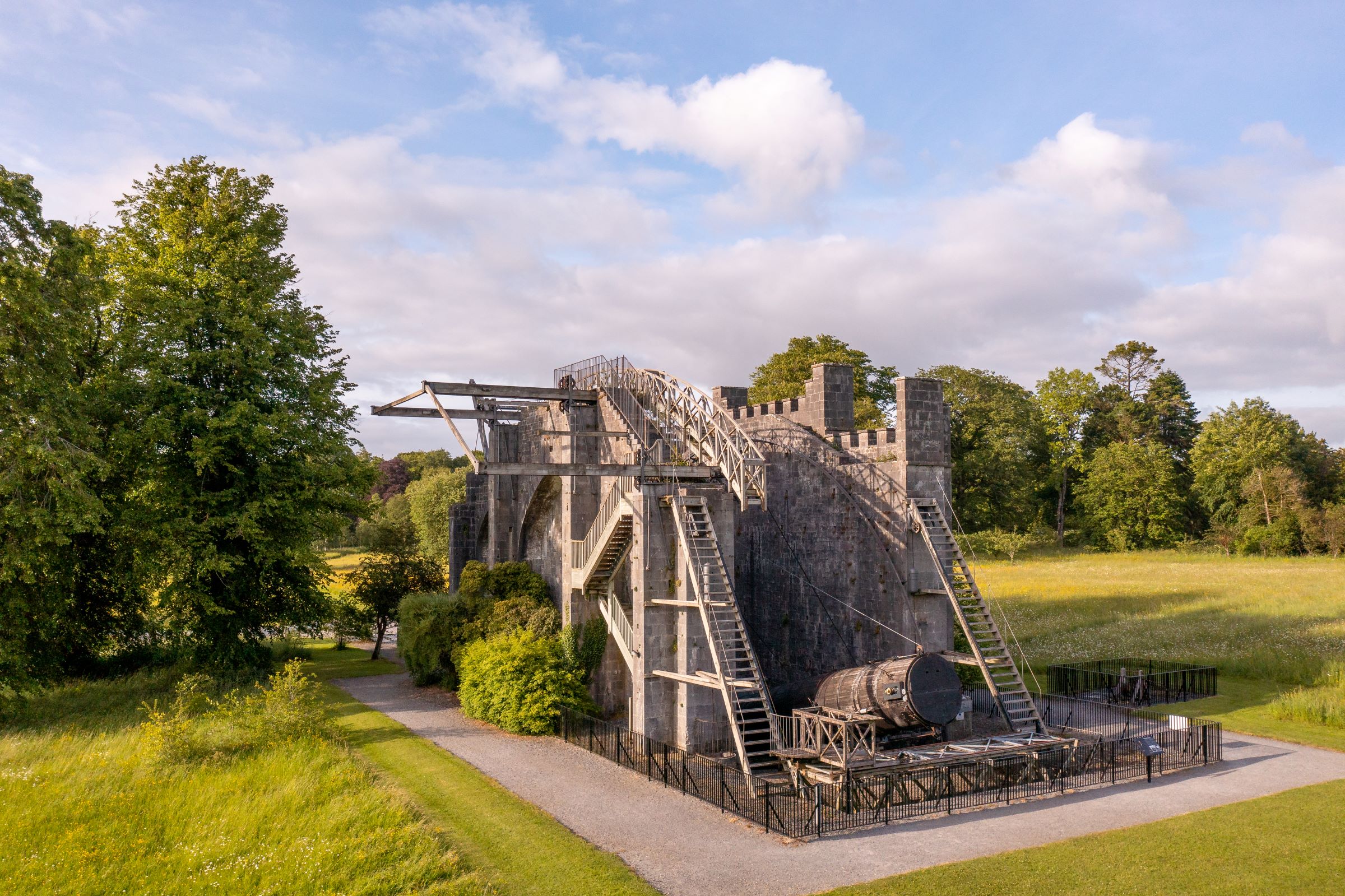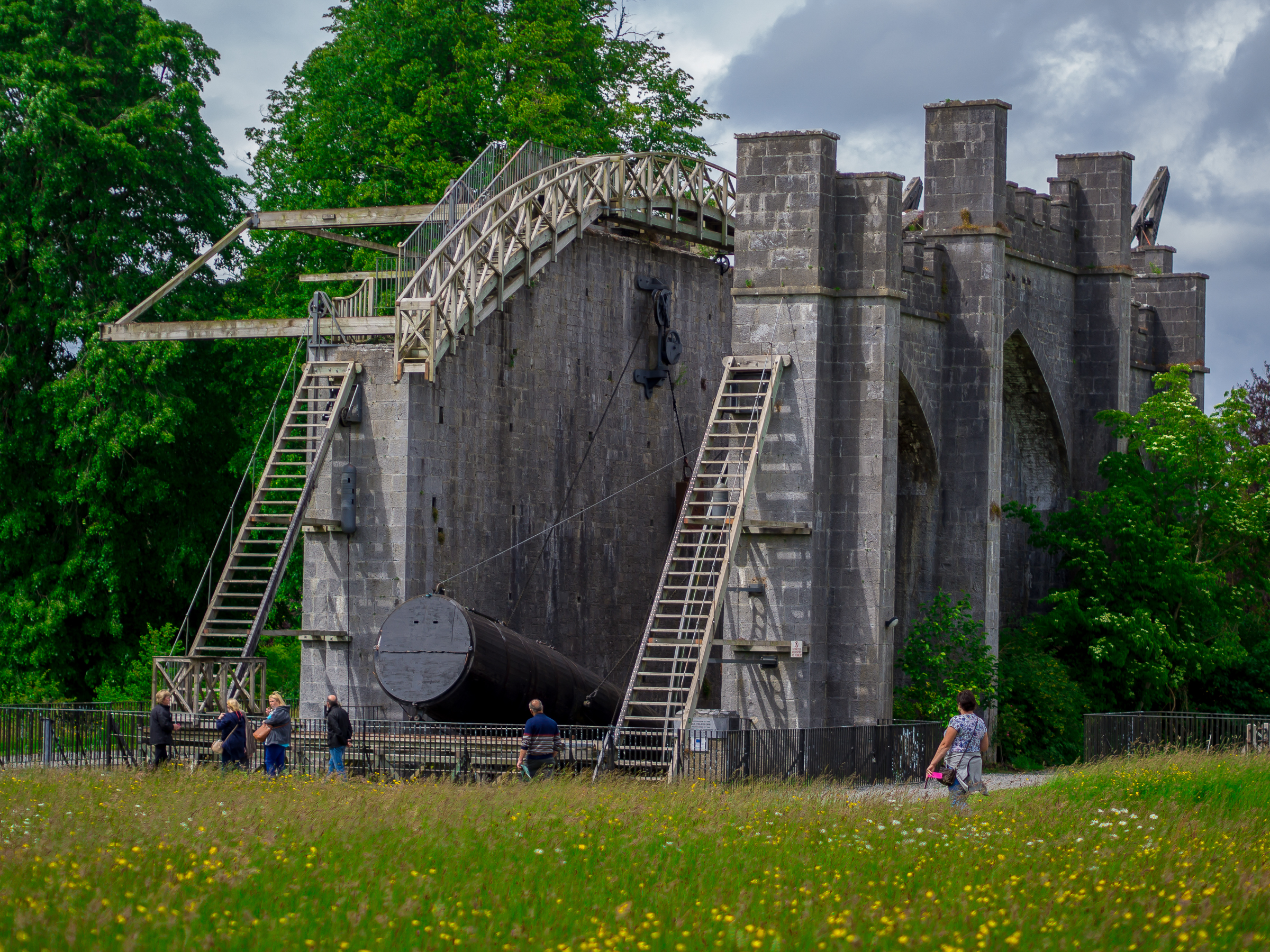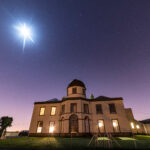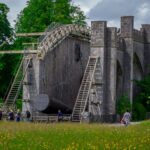About
The Historic Astronomical Observatories of Ireland has a remarkable heritage that stretches all the way back to the Georgian era. The histories of the observatories are entwined due to the astronomers who lived and worked at them between 1785-1908 and its telescopes, pioneering instruments of their time that are still found largely in situ today.
Armagh Observatory, Birr Castle, and Dunsink Observatory significantly contributed to the development of telescopic astronomy in the 18th and 19th centuries resulting in foundational discoveries for our modern understanding of the Cosmos.
Gallery
Map
- Armagh Observatory and Planetarium, College Hill, Armagh, UK, College Hill, Armagh, Northern Ireland, BT61 9DB, United Kingdom.
- Birr Castle Demesne, Rosse Row, Townparks, Birr, County Offaly, Ireland, Rosse Row, Birr, County Offaly, R42 V027, Ireland.
- Dunsink, Dublin, D15 XR2R, Ireland, Dublin, County Dublin, D15 XR2R, Ireland.
Potential Outstanding Universal Value
Justification
The Observatories exhibit an exceptional testimony to a key stage in scientific astronomy which has had a profound impact on our understanding of the Cosmos. Without the innovations demonstrated and surviving here, modern astronomical observatories would not exist in their current form. Its discoveries led to the concept of the external galaxies beyond the Milky Way, vastly increasing humanity’s understanding of the scale of the Universe.
Armagh, Birr, and Dunsink contain a number of exceptionally well-preserved historic observatories, their supporting domestic buildings and surrounding grounds, and a number of original telescopes fixed within their domes or structures.
Criterion (ii): The Historic Astronomical Observatories of Ireland is testament to key developments globally in telescope design in the late 18th and 19th centuries. It had a fundamental impact on the development of astronomy globally. Four in situ fixed telescopes show key developments in mounting design and the technology for the clock-driven equatorial telescope. These innovations had a long-lasting and global significance as they form the basis for modern telescope design. The Great Telescope at Birr represents the apex of an alternative design route aimed at maximising light-gathering power through substantial aperture. The mirror-support mechanism was based on that designed by Grubb for the Armagh 15-inch. These innovations established a new technological approach to optical astronomy that continues to this day. Birr had the largest telescope in the world for seven decades and is the forerunner of modern giant optical telescopes such as the 9.2m SALT telescope in South Africa.
Criterion (iv): The Historic Astronomical Observatories of Ireland illustrates an outstanding period in scientific history where, for the first time, observatories were designed around the needs of fixed astronomical instruments. The historic domes are the earliest surviving examples globally of what became a key feature in modern observatory design – the isolated dome supported on a solid column or base. The only other similar dome from this time (Gotha) has been destroyed. The Property includes the first, third and fourth such domes in the world, a remarkable survival. The Great Telescope was similarly revolutionary and required a large and innovative stone observatory structure to support it.
Criterion (vi): Directly associated with the physical attributes are the scientific ideas, events and discoveries of outstanding significance which were made during the “golden age” of Irish astronomy, 1785-1908. It exhibits an exceptional testimony to a key stage in science when the astronomers at all three locations closely collaborated and aided each other. With the Great Telescope they discovered forms of the spiral nebula which changed humanity’s conception of our place in the Cosmos. The “NGC Catalogue of Nebulae and Clusters of Stars” then provided the first comprehensive catalogue of these spiral nebulae (galaxies). It used observations made by its author (Dreyer) at Armagh, Birr and Dunsink and led to the development of a new field of science – extragalactic astronomy – and remains a fundamental source of reference for astronomers today.
Authenticity
The historic grounds and buildings remain well-preserved with a high degree of authenticity at all three components remain extremely well-preserved and largely unchanged. They would be recognisable to their founders, despite some improvements and additions made in the pursuit of science. In summary, the story of the development of astronomy through the 19th century can be seen through the telescopes and their instruments mostly still in situ at these three observatories. Any modifications made reflect upgrades in their use as scientific instruments.
As they are monuments of science that are still working observatories, appropriate change, improvement and innovation are both inevitable and are positive attributes that are likely to add to, rather than detract from, the value of the associated heritage.
Integrity
The three observatories, while added to since construction, are very well preserved and are still used for astronomy (continuously since foundation in the case of Armagh). While maintenance to the domes, telescopes, and regulators is necessary for scientific purposes, these remain essentially the same as when used for frontline astronomical measurements through the 19th century.
The three components remain largely as when established, with extensive parklands or surrounding gardens. This ensures that the observatories can still function today, despite urbanisation nearby.
They are living museums, with the pioneering telescopes still in their original settings within buildings where astronomers still work today.
Links
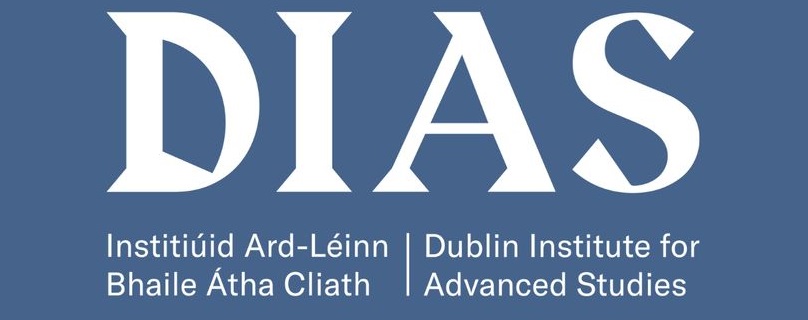 Dublin Institute for Advanced Studies: Dunskink Observatory
Dublin Institute for Advanced Studies: Dunskink Observatory
 Birr Castle Demesne
Birr Castle Demesne
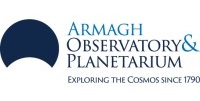 https://www.armagh.space/
https://www.armagh.space/

